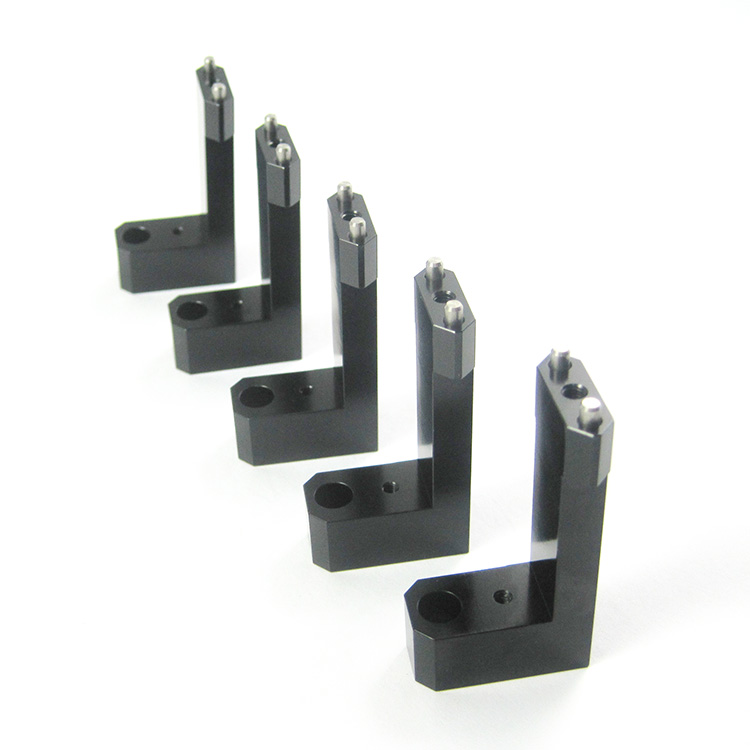Steps for Producing Precision Turned Steel Parts
2023-12-19
Precision turned steel parts are components manufactured through precision turning processes, often involving Computer Numerical Control (CNC) machining. Turning is a machining process where a cutting tool is used to remove material from a workpiece, creating cylindrical shapes or profiles. Here's an overview of the steps involved in producing precision turned steel parts:
Steps for Producing Precision Turned Steel Parts:
1. Design and CAD Modeling:
- Begin with a detailed design of the steel part using Computer-Aided Design (CAD) software. Define specifications such as dimensions, tolerances, and material requirements.
2. Material Selection:
- Choose the appropriate steel alloy based on the application requirements. Common types of steel used for precision turned parts include carbon steel, stainless steel, tool steel, and alloy steel.
3. Toolpath Programming:
- Generate a toolpath program for the CNC lathe or turning machine. The program includes instructions for tool movements, cutting speeds, and other machining parameters.
4. Workpiece Setup:
- Secure the steel workpiece in the lathe or turning machine's chuck or collet. Ensure proper alignment and fixturing to prevent vibration and maintain accuracy during machining.
5. Tool Selection:
- Choose cutting tools suitable for turning steel. The selection of tools depends on factors such as the steel alloy, desired surface finish, and complexity of the part.
6. Turning Operations:
- Execute the programmed toolpath on the CNC lathe or turning machine. Turning operations may include facing, roughing, and finishing passes to shape the workpiece to the desired specifications.
7. Quality Checks:
- Conduct in-process quality checks using precision measuring instruments like micrometers and calipers. Verify that the dimensions and tolerances meet the specified requirements.
8. Surface Finishing:
- Perform additional operations for surface finishing, such as polishing or grinding, to achieve the desired surface texture or appearance.
9. Deburring and Cleaning:
- Remove any sharp edges or burrs created during the turning process. Clean the precision turned steel parts to ensure they meet quality standards.
10. Final Inspection:
- Conduct a final inspection of the precision turned steel parts to ensure they meet all specifications and quality standards. Check for any defects, deviations, or imperfections.
11. Packaging and Shipping:
- Package the precision turned steel parts securely to prevent damage during shipping. Label packages appropriately and ensure they are shipped to the desired destination.
Considerations for Precision Turned Steel Parts:
- Tolerances and Precision: Precision turning is known for its ability to achieve tight tolerances. Clearly define and communicate the required tolerances for each dimension.
- Material Hardness: Different steel alloys have varying hardness levels. Machining parameters and tool selection should be adjusted accordingly to accommodate the hardness of the chosen steel.
- Volume of Production: Precision turning is suitable for both small batches and high-volume production runs. Optimize the machining process based on the required volume of parts.
- Regulatory Compliance: Ensure that the materials and manufacturing processes comply with industry standards and regulations for steel components.
Working with experienced CNC machining services or professionals specializing in precision turning is essential for achieving the required accuracy and quality in the production of precision turned steel parts.



